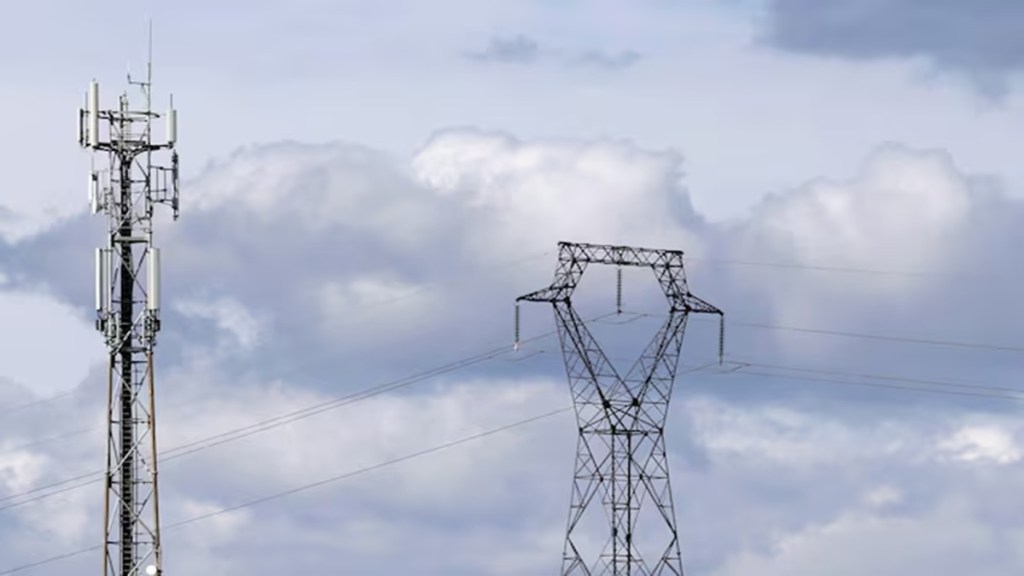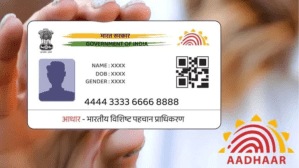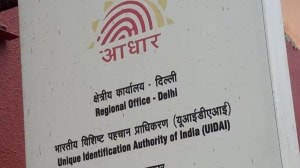By Sharad Sharma, Nilesh Gupta and Saurabh Chakrabarti
Every year, in the Union Budget, rural India receives significant attention, as it plays a critical role in India’s economy and development. Around 70% of India’s population resides in rural areas, and agriculture contributes to a substantial portion of the country’s GDP and employment. The government’s rural development programmes include initiatives on employment, housing, electrification and road connectivity, health and sanitation, education and skill development. The current government has prioritised doubling farmer incomes. However, rural India is facing considerable distress as evidenced by the doubling of delinquencies in the microfinance loan book. Rural India has seen an increase in unsecured lending, reflecting the reduction in rural household spending since the onset of the pandemic.
In our previous article, we discussed the high cost that rural poor population is paying for a basic necessity such as internet connectivity. On an average, the lowest income decile among rural households is paying a higher share of its income — around a little more than 3 times — than the highest income decile among rural households. Currently, internet bandwidth is packaged at `180-200 for 28 days for citizens, providing only 1GB of data usage per day. When the data packet for the day runs out, families don’t have the means to buy additional incremental bandwidth at affordable rates. We believe that it is time that we provide rural India with sachetised bandwidth wherein internet is packaged in small sizes at affordable rates.
Unviable for telcos
However, the million-dollar question is who will provide sachetised bandwidth. It would be natural for policymakers to believe telecom providers would change their pricing strategies to provide sachetised bandwidth. However, this would be detrimental to their financial viability. Wireless telecom infrastructure is capital-intensive, and companies must recoup this expenditure from user revenues. From time to time, companies have to spend compulsorily on technology upgrades to the network, for example, from 4G to 5G. GSM technologies such as 4G and 5G require heavy investment in tower infrastructure. A typical tower serving rural and urban areas cost Rs 50 lakh-1.5 crore. The annual maintenance costs will likely be a further Rs 3-6 lakh. A tower of this type can serve 100-5000 subscribers, depending on the area’s population density and remoteness. A telecom firm would need 5000 subscribers to pay Rs 240 per month to justify the investment to its shareholders. If the number of subscribers falls to 2500 (half of maximum capacity), the firm would require a monthly revenue of Rs 480 per user to be profitable.
The Indian telecom companies have struggled with low average revenue per user (ARPU) for the past decade. For instance, Airtel hit an ARPU per month of Rs 200 during March-May 2024, which it had last achieved ten years ago. The leading telcos have increased tariffs, restricted data limits, and reduced customers to improve ARPUs. A leading telco has suggested that ARPUs need to be above Rs 300 for a healthy telecom business in India. Given their cost structure and revenue pressures, it will be financially unviable for telcos to provide sachetised bandwidth in rural areas.
How PM-WANI fits the bill
So, what features do we need in our technology to help our rural brethren pay for the internet at lower prices? First, it should have low capital expenditure. Second, the technology should be able to scale up for incremental increase in users. Third, the business model should not assume a high penetration in the target group, especially at the start. Finally, the technology should be able to adapt to the country’s incredible diversity in terms of user behaviour, terrain, remoteness, and use-cases. This calls for a decentralised solution with low capital expenditure for a smaller group of people.
The Prime Minister’s Wi-Fi Access Network Interface (PM-WANI), set up by the government in 2020, is a solution to provide sachetised internet to rural areas. The fibre optic network (BharatNet) for the backhaul and Wi-Fi access points for last-mile connectivity satisfy India’s unique diversity and pricing requirements. In addition to providing sachetised bandwidth, engaging individuals to provide last-mile Wi-Fi access points will increase employment opportunities at the village level. Internet availability in villages will help village entrepreneurs upskill themselves. There will be a positive effect on rural incomes. Sachetisation of internet connectivity in villages will propel us to our dream of Viksit Bharat 2047. It is high time that the country wakes up to the benefits of internet access and moves to a sachetised regime. If it can work for shampoo or coffee, it can work for the internet.
Sharma is founder, iSpirt; Gupta is associate professor, IIM Nagpur and Chakrabarti is fellow, iSpirt.
This is the second of a three-part series on digital public infrastructure and rural India.
Disclaimer: Views expressed are personal and do not reflect the official position or policy of FinancialExpress.com. Reproducing this content without permission is prohibited.








